Beyond being recognized as the gastronomic epicenter and culinary capital of the Philippines, Pampanga is a multifaceted city. Although the province is mostly known for their servings of delicious Kapampangan food, it has a certain depth to it that goes beyond gustatory sensations.
Most vacation trips to the province would commence with a routinary food trip or almost always culminate in a sampling of their famous dishes from homegrown restaurants. Some of its favorite and known restaurants see a regular influx of both locals and tourists insomuch that they have been considered as somewhat of a Pampanga tourist spot themselves. Unfortunately, while lauded for its great food and excellent epicurean delights, most people—especially travelers from abroad—would rarely associate it with anything else other than a place that caters mainly to our gustatory impulses. However, while Pampanga is that one and definitive province for indulging our food cravings and taking our taste buds on an adventure, Filipino and foreign travelers should not overlook the other aspects of the area that would make it an enticing haven to spend the holidays.
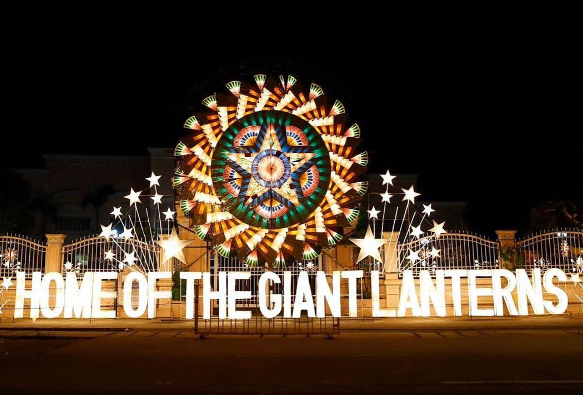
There is a myriad of aspects that make Pampanga such an exciting Philippine destination. Located in the Central Luzon region, the capital city is the City of San Fernando and is bordered by the provinces of Bataan and Zambales to the west, Tarlac and Nueva Ecija to the north and Bulacan to the southeast. It has classified as a first-class and highly urbanized city peppered with tourist spots. But before we delve in deeper into the aspects and characteristics of this multifaceted province, let us take a look back at the events that contributed to the city’s success today.
History of Pampanga
It has been widely believed and theorized by many that Kapampangans are linguistically distinct from the Tagalogs who surround them. Many said that they are descendants from migrants from the Malang Region in Central Java in the past. However, thriving settlements and communities already existed along the marshy banks of the coast and rivers even before Spanish conquistadors arrived in 1571 making their descent a moot point to some. The province’s name was from the fact that many of its inhabitants lived in river banks. La Pampanga, initially the name assigned to the area by the Spanish conquerors, translated to a river bank. The province’s creation dating back to 1571 makes it the first Spanish province in the Philippines. Before the Spanish conquistadors arrived, Pampanga had a caste system consisting of the datu or chiefs, the timawa or freeborn and the salves. Several datu existed in a community, but only the powerful were allowed to rule exercising executive, judicial and military control. The position was attained mainly through birth and is hereditary, but a datu can be easily replaced when their control over their titles weakened.
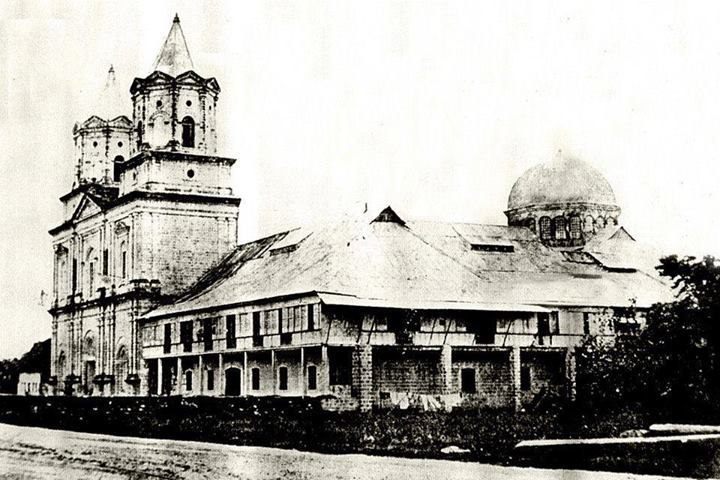
It was not until in 1571 and upon the defeat of Raja Soliman in Tondo that the Spanish colonizers began their conquest of the province. Hispanization, albeit met with resistance from the Muslim communities in Betis and Lubao, occurred rapidly insomuch that by 1574, Kapampangan soldiers were already fighting for the Spaniards to deter the Chinese pirate Limahong. Christianity and Catholicism became so widespread that by the 17th century, almost all of the natives were already under the influence of the Catholic Church.
Interesting Tidbits And Facts About Pampanga
It was once the capital of the Philippines.
For two years, Pampanga was once the capital of the Philippines. It was during the British violent behavior of Manila dating from 1762-1764. In fact, during the Spanish colonial period, one of Pampanga’s functioning suitably well and was rather economically adept insomuch that Manila and its surrounding regions largely depend on the province. The province of Pampanga regularly supplied agricultural products, fish and forestry products to neighboring areas.
It is the first province created by the Spaniards.
In the year 1571, the Pampanga province was created by the Spaniards making it the first-ever province in the Philippines. Back then, the area consisted of Bataan, Bulacan, Tarlac, Nueva Ecija, Zambales, and Pangasinan.
The province is represented in the Philippine flag.
Pampanga is depicted in the Philippine flag as one of the (eight) rays of the sun. The rays shown in the flag represent the provinces that allied against the armed revolt against Spain in the late 19th century.
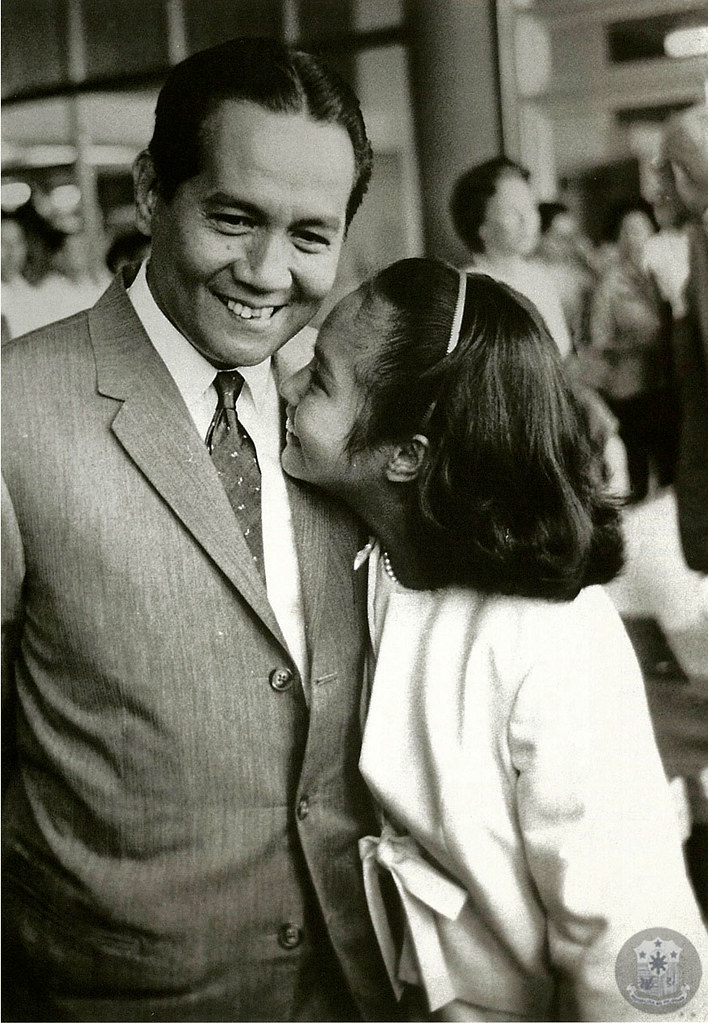
The province produced two Philippine Presidents.
Diosdado Macapagal, the ninth president of the Philippines, was born and raised in Pampanga. His daughter, Gloria Macapagal Arroyo, the fourteenth president of the Philippine Republic and consequently the first woman President was also a native of Pampanga. Indeed, Pampanga produced its fair share of politically inclined individuals. Aside from Philippine presidents, Pampanga also delivered a Senate president (Gil J. Puyat) and a chief justice (Jose Abad Santos). Celebrities and artists such as Lea Salonga, Apl de Ap, Jacklyn Jose, Donita Rosa and so many more all hail from Pampanga.
The province has its language.
While most natives in Pampanga speak Tagalog, the Kapampangan language sounds more determined and carries only a little empathy as compared to the Tagalog language. While Pampanga is not too far from Metro Manila, there is a marked difference between the two dialects. Sure, the province might be in Manila’s proximity, but early anthropologists have posted that the language used might have originated from Java in Indonesia. More importantly, Kapampangan is a significant language in the Philippines that is being taught and even studied formally in universities and schools.
Kapampangans are deeply religious.
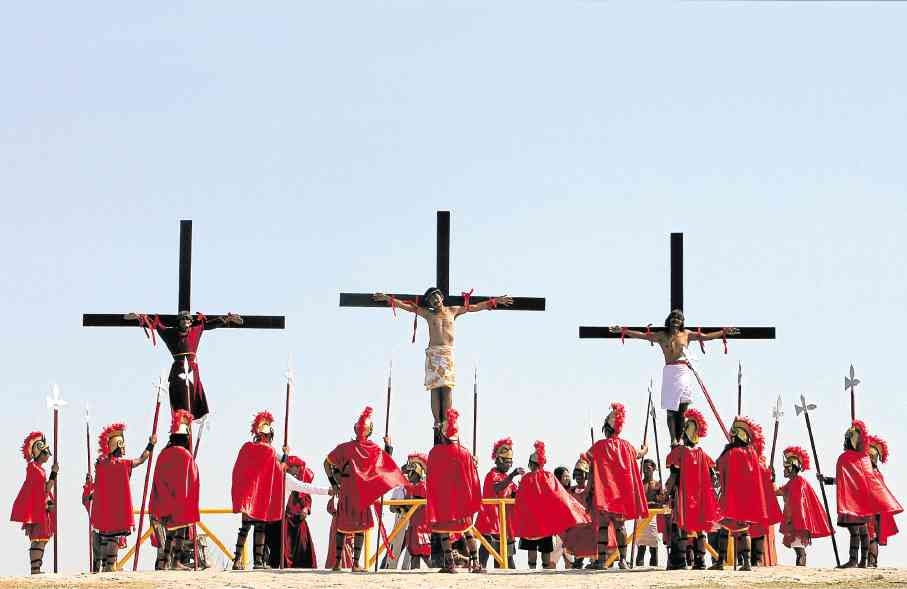
Most Kapampangans are devout Catholics. But whether they are a practicing Catholic or not, there is little to no doubt that the locals take their faith to the extreme. The province is known for their annual Good Friday tradition of flagellation and crucifixion that continues to draw huge crowds of both locals and tourists up until today. While the province’s Good Friday ritual is not sanctioned or even recommended by the religious leaders in the country, the rather gory and macabre event is still attended routinely by many Catholics all over the world.
The province has seventeen festivals in total.

Pampanga has at least seventeen festivals to date which celebrate a wide range of themes. The themes include religious or public statements, or it might even be a culinary theme given the province’s reputation. Some of the more popular festivals are the Philippine International Hot Air Balloon Fiesta which is held on February of every year at the Clark Field, the Giant Lantern Festival in San Fernando during Christmastime, the Sisig Festival held at SM Clark and the San Pedro Cutud Lenten Rites on Good Friday.
San Fernando is the province’s capital.
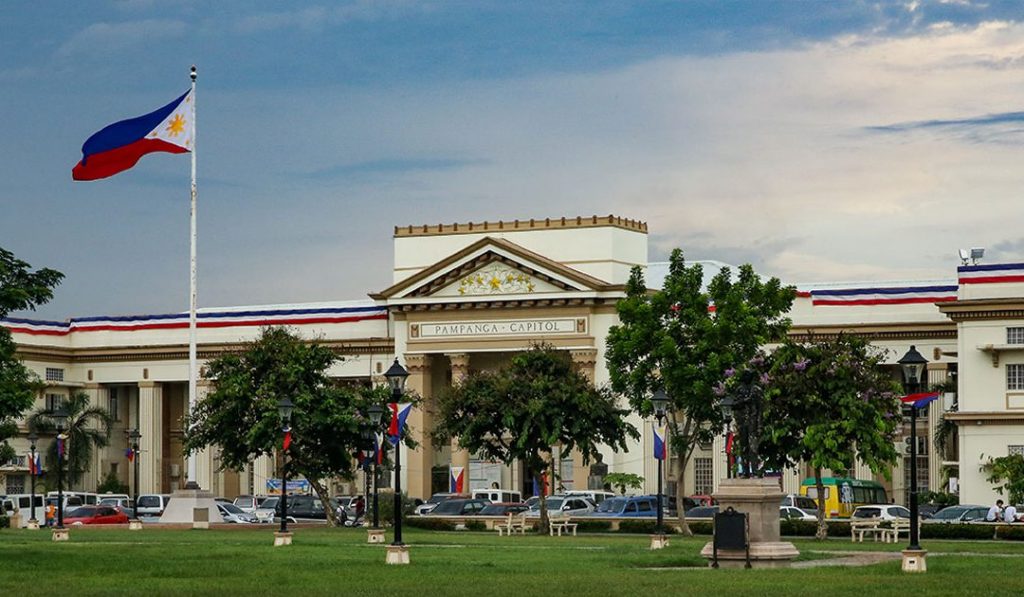
While this is common knowledge to the locals, it might have escaped the notice of tourists who are visiting the city. As it is, San Fernando might be the recognized capital city of the province, but Angeles is a far more vast city that is seen to cater to a wider myriad of lifestyles. More importantly, Angeles is in proximity to the international gateway Diosdado Macapagal International Airport and the Clark Special Economic Zone. Angeles has garnered so much attention that it ranked as the 15th best place to live in the Philippines in a MoneySense Magazine survey back in 2008.
The province has its colorful share of mythical creatures and folklore.
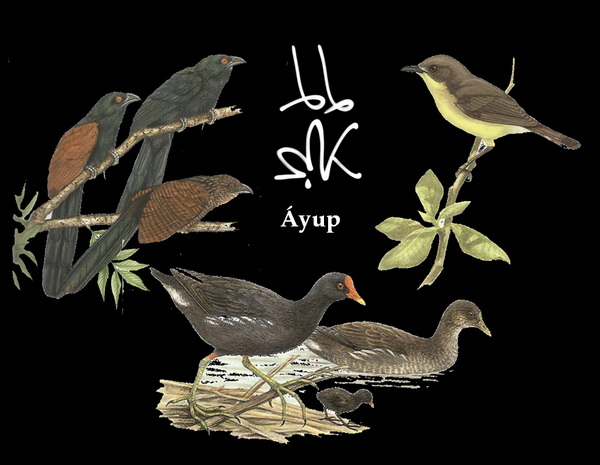
Like any other Philippine province, part of Pampanga’s culture patterned after the mythical creatures and folklore. Some of these mythical creatures such as the kalariut, laho, mangkukutud to name a few were used to regale tales and stories to children (or perhaps to scare them into finishing their supper or taking their afternoon naps). Even the revered and famous Mount Arayat which remains to be Pampanga’s renowned landmark to this day has its mythology and folklore story.
The locals are known to be incredibly proud of their race.
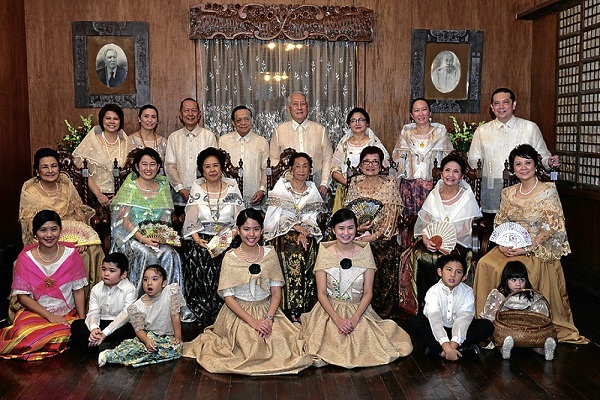
It is not that they are arrogant or ethnocentric; it is just that they are of the firm belief that they are the first and best in almost everything. After all, they have regarded as the best cooks and the bravest soldiers during the Spanish era. More importantly, they are the first known Jesuits as well as the first province founded in the Philippines. It also does not help that they have a series of accolades and achievements to their name. Longest literary work? Check. First woman author, the first novel in English, first vernacular zarzuela? All check. With all these, it would be quite difficult not to be proud of your race and heritage. For this reason, Kapampangans are fiercely patriotic to a fault. Patriotic they may be, it is not to the Filipino Nation but to the Kapampangan Nation which most of them claim to be older by a thousand years. So, if you meet a native at any social function or event, you can likely expect them to announce their Kapampangan parentage proudly.
Pampanga, while being recognized as the country’s culinary capital, travelers are limiting their travel activities should they only be visiting the province for food. Now that the article has illuminated on the oft-overlooked aspects and characteristics of the famed food city, tourists will find that Pampanga is an excellent city suitable for intrepid adventures as well as an ideal destination for those who wish to immerse themselves in history and culture. Indeed, while this multifaceted province is mostly known for its vibrant city, there is so much more to it than what meets the eye or in this case, what you can eat while there.
